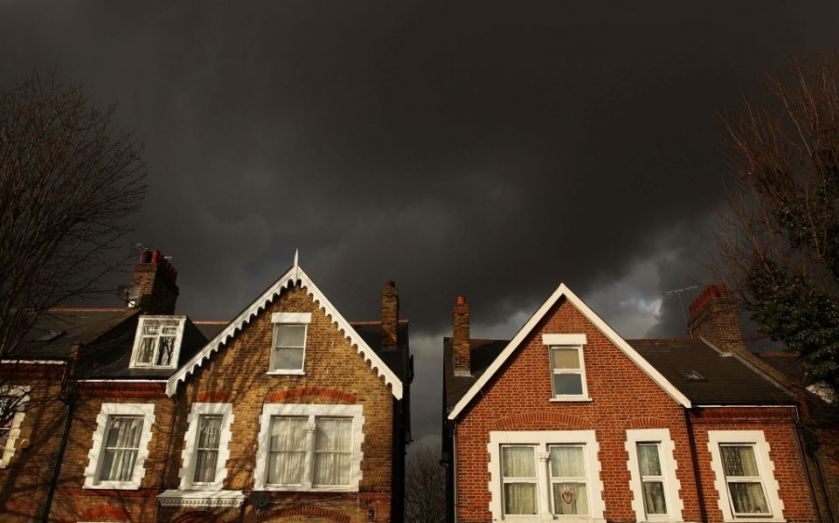London Barometer: What’s happening to the capital’s house prices?

There is clearly now much more activity in emerging prime areas than prime central London, with ongoing political uncertainties and the recent Stamp Duty Land Tax (SDLT) changes alluded to in our last Barometer now having a marked effect. More sellers coming to the market would seem to imply that high SDLT has been a tax on mobility.
Although there are fewer buyers registering, the ones in emerging prime are the most active, while others are waiting for some post-election certainty.
Interestingly, around 20 per cent of sellers approaching us wish their properties to be offered off market pre-election, so buyers need to do more than just look online to find a good deal.
January’s lettings market traditionally witnesses an upsurge in applicants following a lull over the Christmas period.
| DOUGLAS & GORDON: AVERAGE LONDON SALES PRICE INDEX | ||||
|---|---|---|---|---|
| Q1 2014 | Q2 2014 | Q3 2014 | Q4 2014 | |
| 1 bed flat | £535,116 | £542,500 | £544,583 | £537,191 |
| 2 bed flat | £819,583 | £843,750 | £847,083 | £835,120 |
| 3 bed house | £1,745,417 | £1,787,500 | £1,788,750 | £1,758,722 |
| 4 bed house | £2,604,167 | £2,631,250 | £2,618,750 | £2,557,237 |
New applicant registrations were up by 50 per cent and we saw a 25 per cent increase in the number of new tenancies starting in January compared to the same month last year.
As each political party unveils its policies in the run up to the election, landlords and investors are wary of Ed Milliband’s proposals. Many fear that rent controls could affect growth in the institutional private rented sector (PRS), impacting on building and supply of new housing.
As the number of people unable to get on the housing ladder grows, the last thing we need is policy which turns the tap off as far as investment in the PRS is concerned.